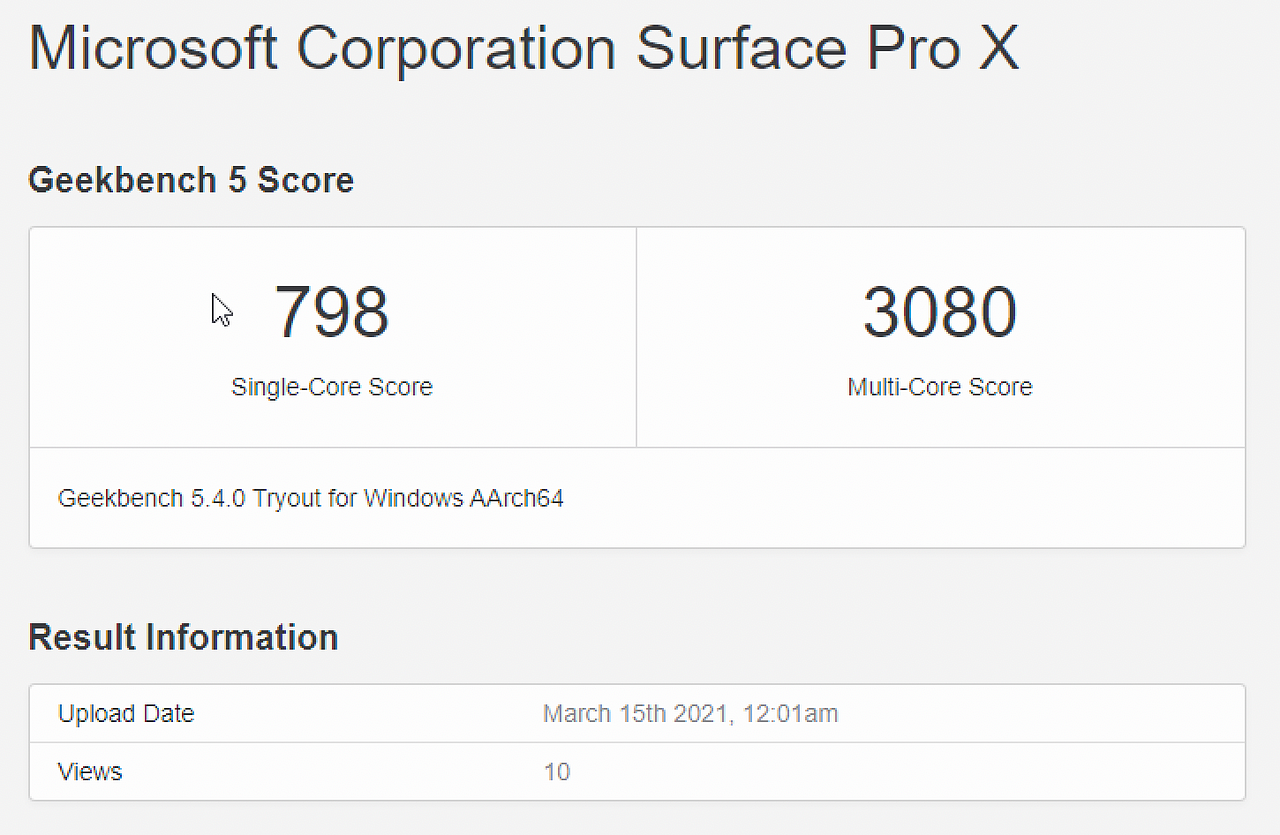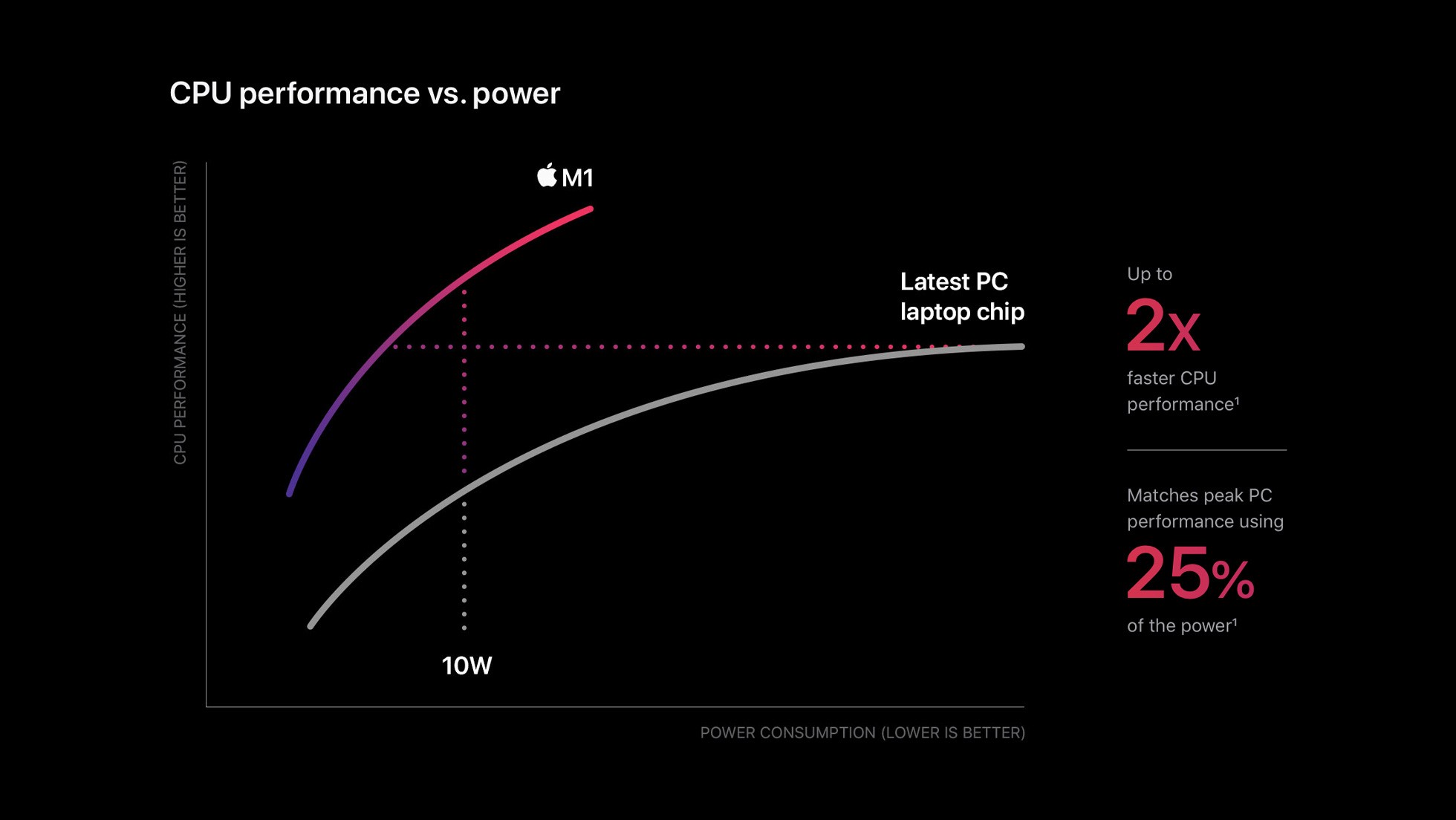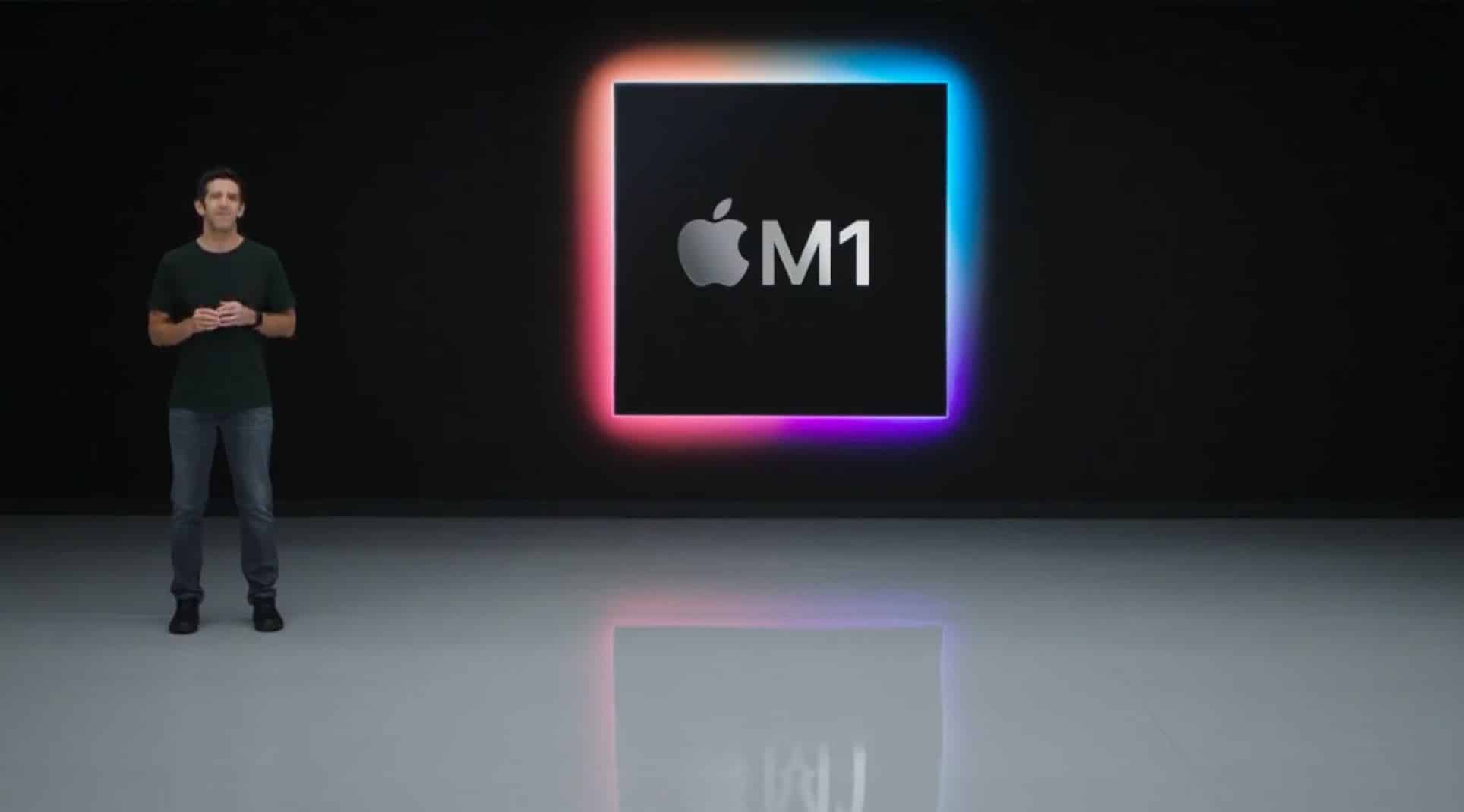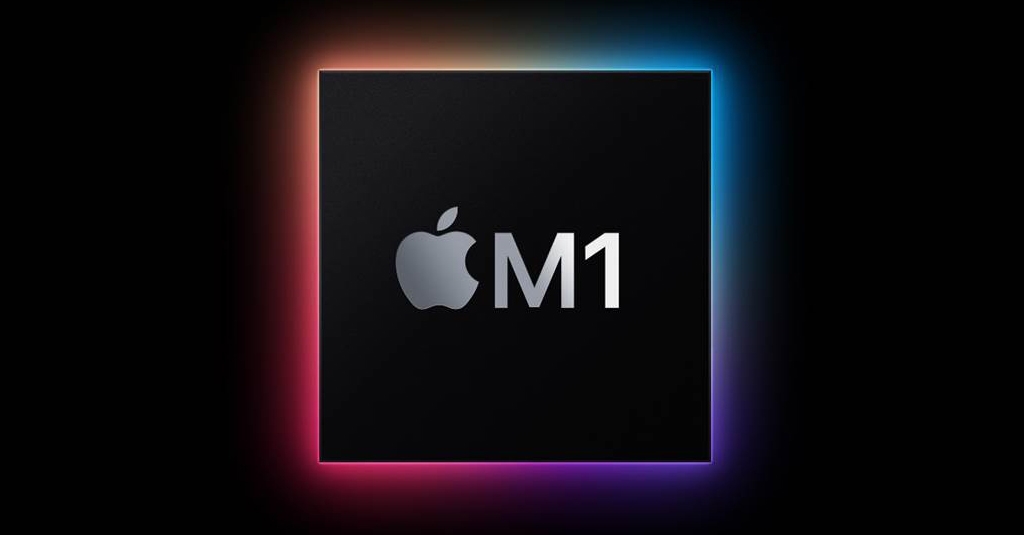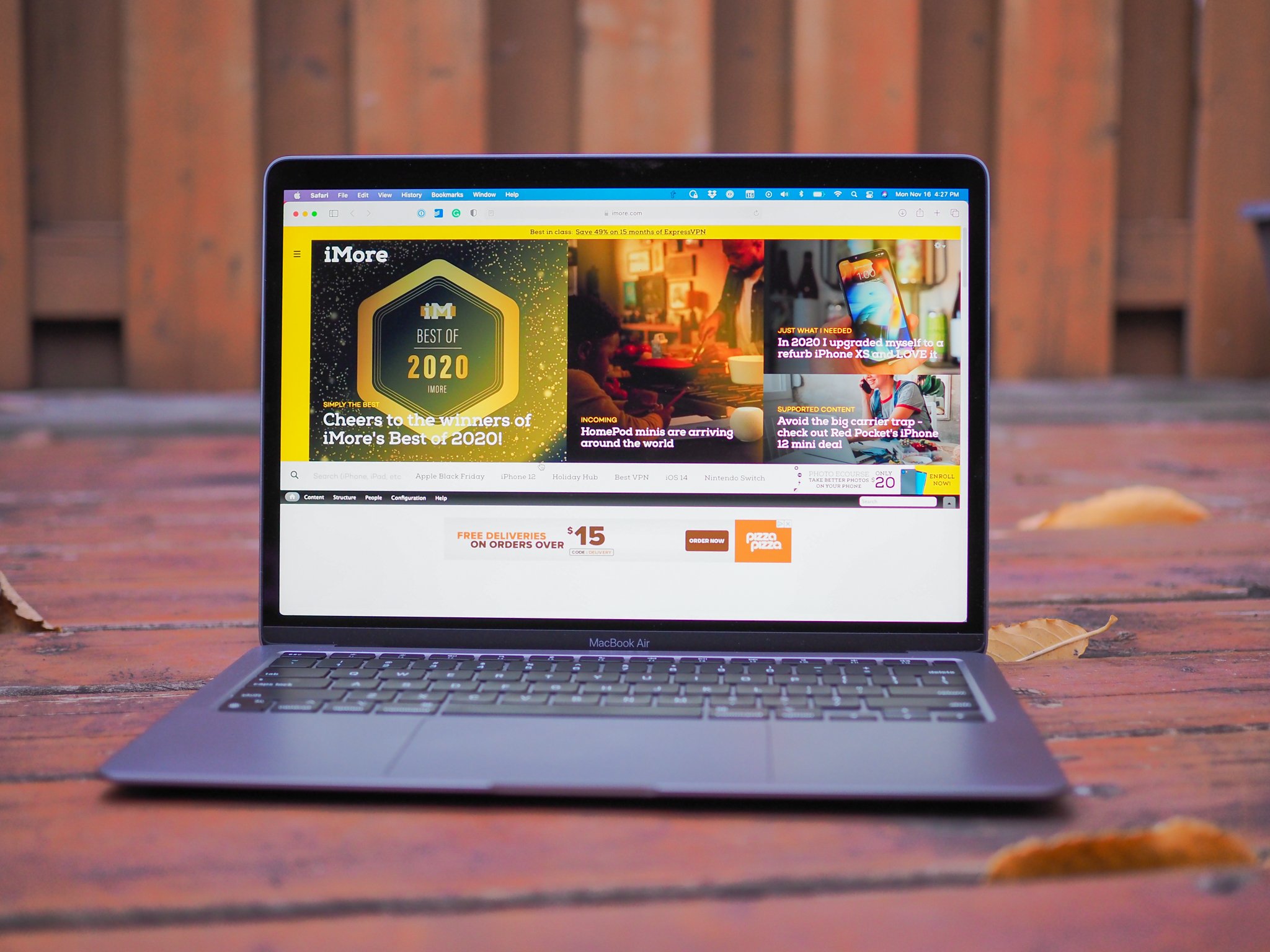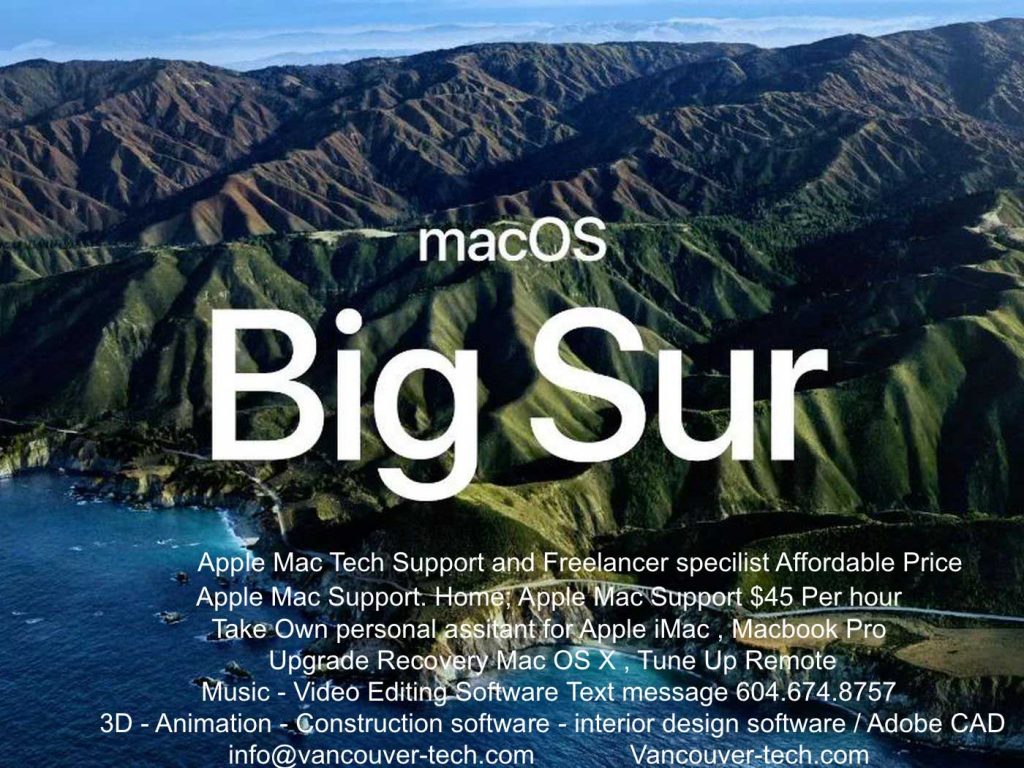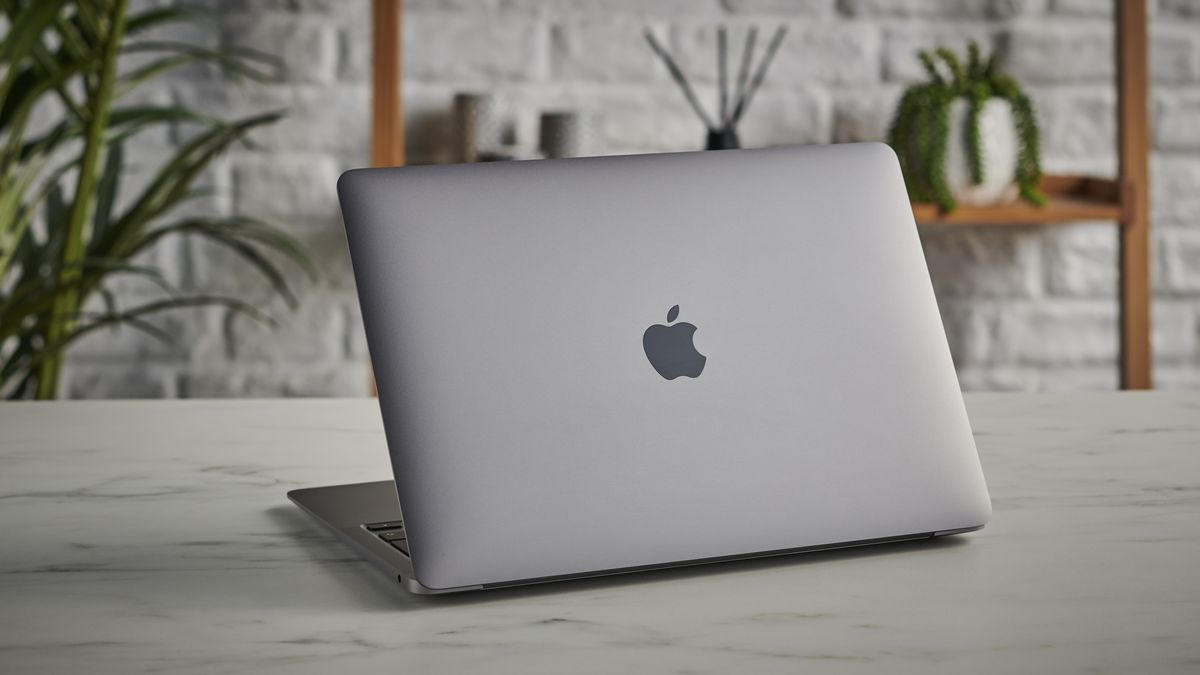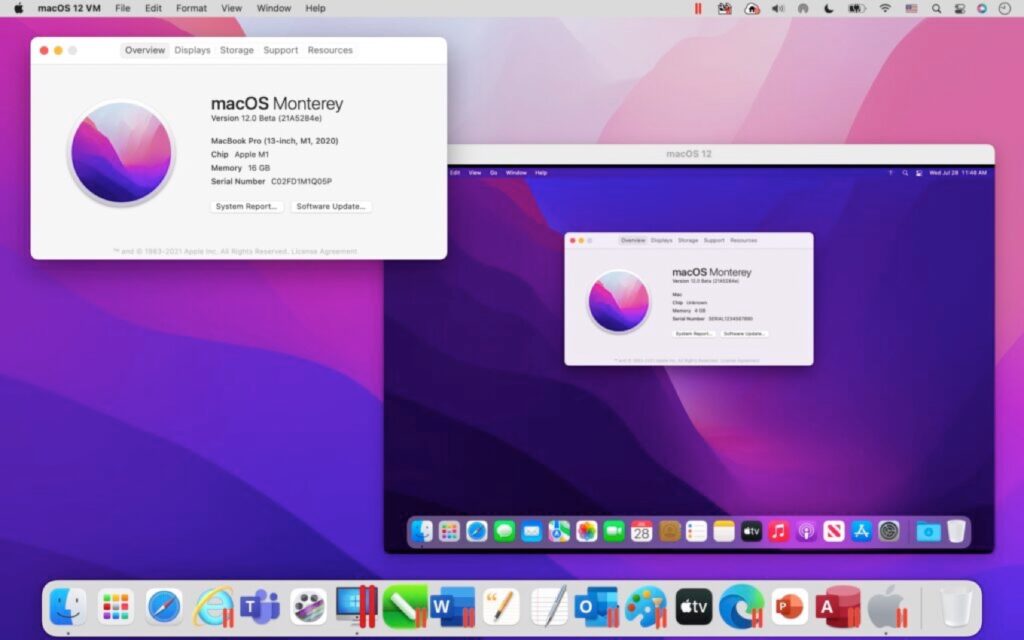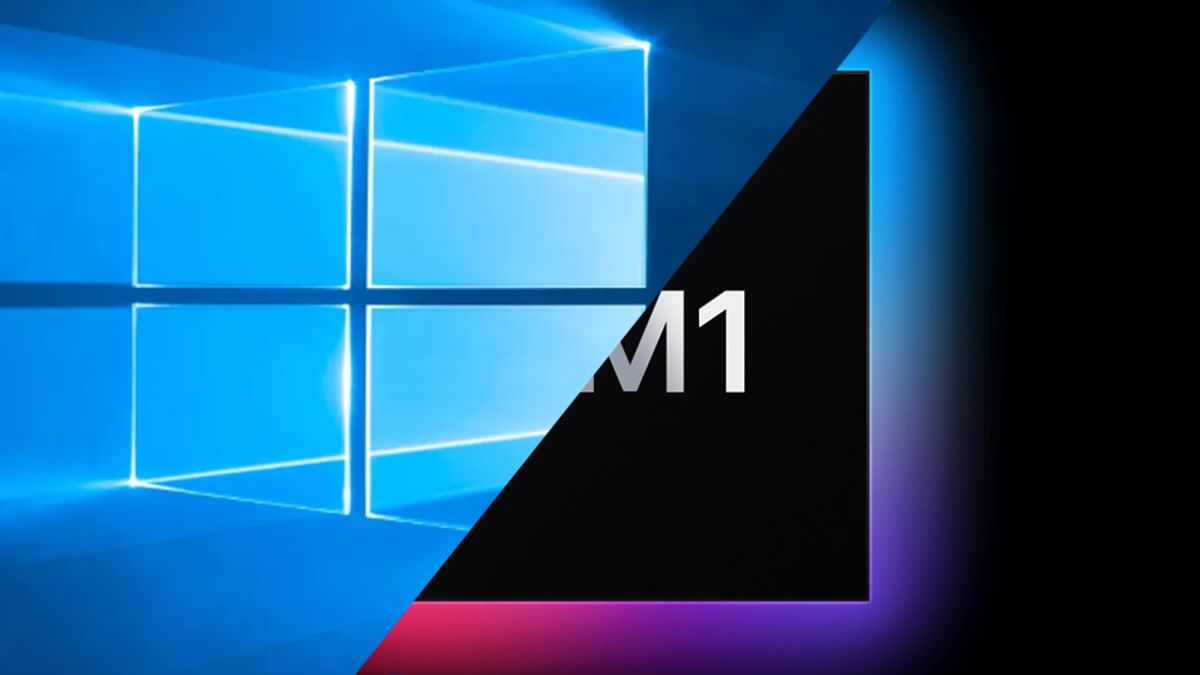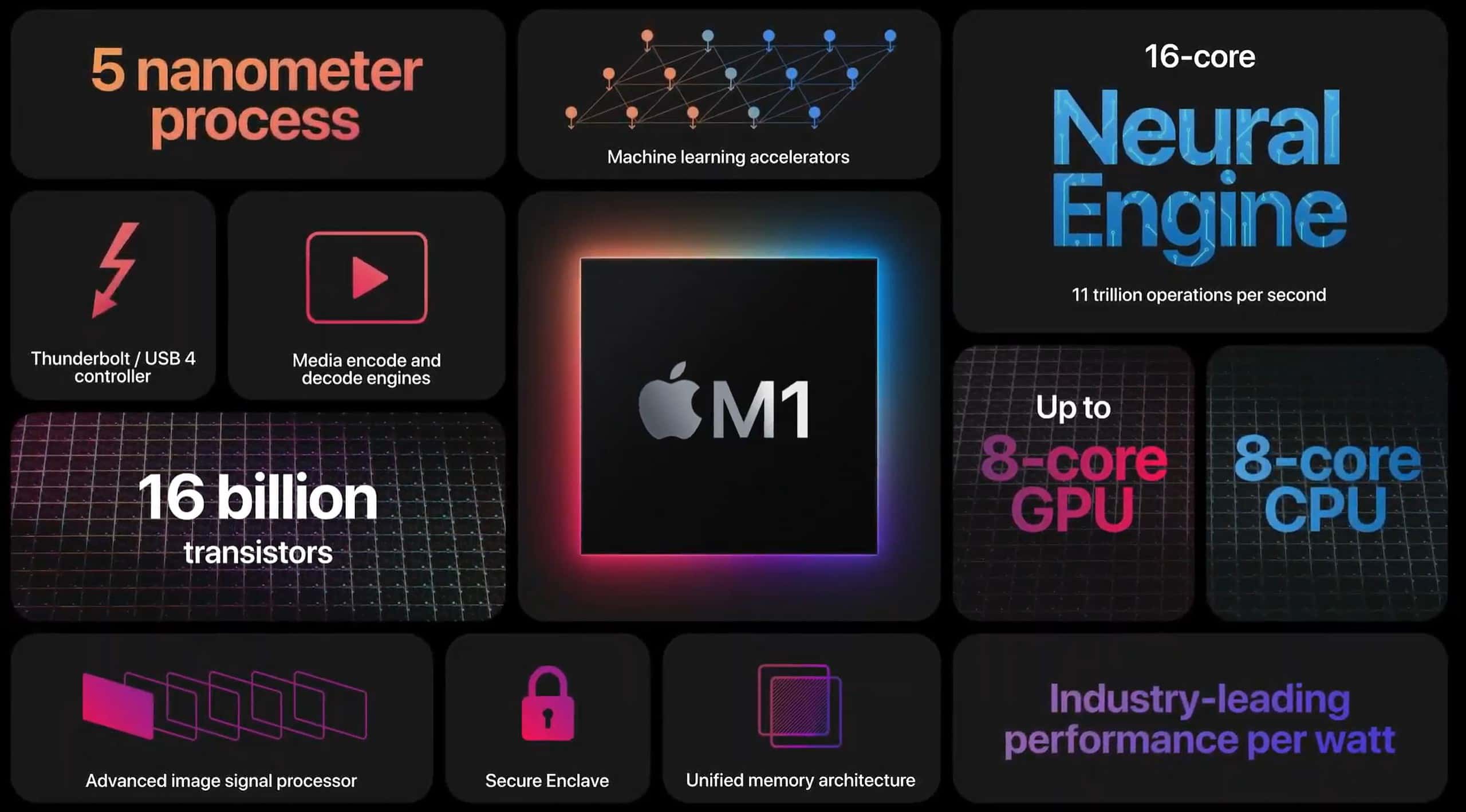Next, download and install Parallels Desktop if you don't already have it. At the end of the installation, the program tells you that you need an installation image with an ARM-based operating system. Click the link for "How to download Windows 10 on ARM Insider Preview" for documentation and a video that explain the process. Return to the installation and click Continue. At the Create New screen, click the button for "Install Windows or another OS from a DVD or image file." Click Continue . Since the release of New World, Mac gaming enthusiasts have made attempts to get the game going on a macOS machine, and their experience gives us additional data on the game's performance on a Mac computer.
Obviously, since you won't be playing the game natively from your Mac, bugs and performance issues are likely to occur, though it greatly depends on the hardware capabilities of the specific machine. Unfortunately, using the Boot Camp Assistant app in order to install Windows 10 on a Mac and then run this through it can't be done on M1 machines because, well, they don't have the Boot Camp Assistant. QEMU is a free open-source emulator and virtualizer for full-system emulation, user-mode emulation, and virtualization.
QEMU uses dynamic binary translation to emulate the machine's processor to run various operating systems. It can be used with Kernel-based Virtual Machine to run virtual machines at close to native speeds. QEMU also enables emulation for user-level processes to allow applications compiled for one architecture to run on another. Once you have the operating system image you need, open the Parallels app. For an M1 Mac, double click the VHDX file you just downloaded and follow the on-screen instructions in Parallels to install Windows 11.
Some of the steps will be similar to the Intel installation process detailed below. You can easily install and run Windows 11 on an M1 Mac with Parallels Desktop, a virtualization app for macOS-based computers, as shown below. In a nutshell, it works by running various new virtualization engines, which will support ARM-based operating systems on virtual machines.
In the traditional virtual machine configuration process, the first step after installing the system is to install the dedicated drivers and auxiliary programs provided by the developer. What about Boot Camp, Apple's long-standing option for running a Windows system on a separate partition on an Intel-based Mac? Boot Camp still exists, but Apple has effectively stopped supporting it.
And Boot Camp has a major inconvenience; you have to shut down your macOS system and restart it every time you want to run Windows. There's no integration between macOS and your Windows partition, either. Boot Camp won't let you run a Mac app and a Windows app at the same time or transfer files between systems quickly, for example. If you have an Apple Silicon Mac, don't even think about Boot Camp. Both Parallels and VMware Fusion let you create a virtual system by cloning an existing desktop system across a network, but it's a lot simpler to install a fresh copy of Windows.
Users of Intel-based Macs can download the standard Windows ISO file from Microsoft and rely on Parallels or Fusion to install Windows correctly from there. M1 Mac users must register for the Windows Insider Preview program and download the ARM version of Windows 10. Only Parallels supports the ARM version, but it has no trouble configuring your Windows VM with that version on an Apple Silicon Mac. Parallels recently announced support for Windows 11 on M1 Macs, but again, for the ARM version only. If you have an Intel-based Mac, your best choices for installing a virtual Windows machine are Parallels Desktop ($79.99 for Standard Edition) and VMware Fusion ($199 for VMware Fusion 12 Pro).
On an Apple Silicon-based Mac , Parallels Desktop is your top option. Parallels is more approachable for beginners and faster. VMware Fusion is friendly enough for any experienced Windows or Mac user, but it's more suitable for corporate use. If you want to run complex software such as the Windows version of Excel or any high-end game, then you need to set up a virtual Windows system, sometimes known as a virtual machine . You can run this virtual system entirely inside a macOS app.
The VM behaves as if it's running on real hardware with a real hard drive; it just runs a bit slower than a Windows system running on physical hardware. The reason for the slower performance is that this method requires you to run an entire Windows system in the background in addition to the app you want to use. Although there are other virtual machines are available, Parallels is by far the easiest way to install Windows 10 on Mac. Parallels has been around for many years and the installation process in the latest version of Parallels is now so automated and refined then it even downloads and install Windows 10 for you. All you need to do is install Parallels itself.
You don't even need to purchase it to try it – you can download a free trial of Parallels instead. In addition to the aforementioned ISO conversion method, you can also use the Windows 11 ARM64 preview virtual machine directly provided by Microsoft in one step. Specifically, what is downloaded is a virtual hard disk file, which can be used as a system disk by mounting it on a blank virtual machine. It is true that the existing resources on the Internet are already available in one search, but wedo not recommend downloading and using such installation images from unknown sources. This not only violates the license agreement, but more importantly, it cannot guarantee safety.
I've been writing a lot about Parallels Desktop, a powerful app for running virtual machines that now runs on Apple Silicon Macs. In April, a short article showed how to install both an ARM version of Windows 10 and Ubuntu Linux on an M1 Mac. Today I'll show you how to test the upcoming Microsoft Windows 11 on an M1 Mac using a Parallels Desktop virtual machine. With this release, Windows is back on the Mac, but with a big caveat. The software requires that you use a version of Windows designed to run on ARM processors, called Windows 10 for ARM64.
The ability to download and install a virtual machine using this operating system is included in Parallels 16.5, but it's an "Insider Preview" of Windows 10 for ARM64, meaning it's still under development. JohnIL February 12, 2021 I prefer to run Windows natively, I use Windows 10 a lot on my Mac's. Apple moving to a custom ARM chip for Mac's means that Boot Camp is no more. Parallels is working on a M1 Mac based preview but even that application will only run ARM based operating systems. So don't count on running a X86 Windows version, possibly their ARM Windows but that is so far from perfect as a Windows OS. I won't buy another Mac after my Intel ones have died or become unsupported. I think Apple switched to its chips purely on locking in users and making more profits.
I have my doubts since the whole platform becomes locked to Apple. In summary, running Intel-based containers on Arm-based machines should be regarded as "best effort" only. We recommend running arm64 containers on Apple silicon machines whenever possible, and encouraging container authors to produce arm64, or multi-arch, versions of their containers. We expect this issue to become less common over time, as more and more images are rebuilt supporting multiple architectures. Leaving only virtualization as a real option.
The downside for this approach is that there is no official way, currently, to get a license for an ARM-based version of Windows. Microsoft decided that this is only available for sale for system builders. Another negative is that there are very little applications compiled for running on an ARM-based Windows version. Fortunately it is possible to run most 32-bit based Windows applications on the ARM-version of Windows, which are available for most applications out there. When you need to switch between two operating systems, you need a solution that is effective and works seamlessly. While Parallels Desktop seems like the most user-friendly option, it is a paid subscription.
Meanwhile, QEMU is free, but you need to have an understanding of how emulation works to create virtual disks and configure specific hardware. CrossOver works great if the software you're looking to use on M1 Macs runs without any problems. Depending on your needs, choose from the three ways available to run Windows software on Mac M1. Then, download and install the free Microsoft Remote Desktop application .
After opening, click the "Add PC" button, fill in the IP address noted in the previous step in the "PC name" field, and add the virtual machine administrator account in the "User account" field. From another perspective, UUP also provides channels for downloading special installation files for different hardware platforms. Parallels is a virtual machine program, which means it runs a separate operating system within a simulated computer on your Mac. With Parallels, you can run Windows apps side-by-side with Mac apps using a mode called Coherence, or you can easily bring up a Windows desktop to work with your Mac files in Windows apps. Parallels is releasing an update to its Desktop virtual machine software that allows M1 Mac owners to install Windows 10 on Arm.
Parallels Desktop 16.5 now includes the necessary native support to run the Arm version of Windows on M1 chips, following Apple's decision not to support Boot Camp on M1 Macs. Perhaps the easiest way to get Windows up and running on your Mac is to use virtual machine software. This allows you to run Windows, Linux or older version of macOS in a special application, which has the added benefit of meaning you don't have to reboot your Mac when switching between operating systems. To install a new virtual machine on a Mac with Apple M1 chip, you need to use an ARM-based installation image with a supported operating system. When new Apple Silicon launches with higher performance per core, and more GPU cores, then gaming performance will no doubt improve on both native macOS and virtual machines.
After you've selected your image, you'll get a confirmation that you're about to install Windows 10 on your Mac. You can probably leave that option to "Install operating system manually" unchecked, as I did the first couple of times I went through this process. I checked it here just to show more options. The M1 machines use Rosetta 2 tech to effectively translate applications written for Intel chips so they can run on the new ARM hardware, and this works very well. In our review of the new Air, we tried both older and new apps coded for Intel CPUs, and they worked fine running on the M1 with no noticeable difference in performance levels.
Once the app is installed, you'll need to install Windows 11 inside of it. Click the Skip button and minimize Parallels. Open a web browser, and download a Windows 11 ISO file from Microsoft. Choose theDownload Windows 11 Disk Image ISO option, and choose Windows 11 followed byEnglish.
At this point we have both the ISO file for installing Windows and we have our hypervisor, UTM, ready. Now we need to create a new virtual machine with UTM for use with the next step. As mentioned above, there are two options to get Windows running on an Apple M1-based device.
The first involves virtualization, as we can't run Windows natively on an M1-based machine. The second involves emulation, where we will translate instructions between the running operating system and the hardware. Both methods have their advantages and disadvantages. Emulation offers maximum compatibility as it doesn't require software written for ARM specifically but it's pretty slow. Virtualization is fast but requires software written for the hardware platform it is running on. Up to now, the community has not found a way to completely avoid it.
If you encounter a re-installation, you will generally not "win the lottery" continuously. Here, find the configuration file ending with vmx, right-click on it, and select your usual plain text editor to open it (you can also use the built-in "text editor"). Unfortunately, Microsoft provides a format for its own Hyper-V virtualization platform, and Hyper-V does not have a macOS version. Therefore, it needs to be converted into a format that can be read by other virtual machine software. You go through the install process, which is pretty similar to most other Mac install procedures. There will come a time when you need to give it a Windows image file, and that's where things get interesting.
You can't use whatever Intel-based Windows 10 image or disk you happen to have lying around. There's one thing that you need to keep in mind before installing apps on Windows 10 based on ARM. Microsoft still has not added support for running x64 apps on Windows 10 for ARM. So there's a slight chance that all the applications might not work on it.
Nonetheless, apps like Microsoft Office, Google Chrome, and many others have already been updated for Windows 10 ARM. You'll need to be a member of the Microsoft Insider program. If you aren't, use the link in the previous section to sign up, then download the VHDX file used for installation. Unlike in our experiment with UTM, there's no need to convert the VHDX file to a new format prior to creating the Parallels virtual machine. For Mac users who need to run Microsoft Windows on their computers for compatibility reasons, virtual machines are currently the only game in town.
Just last week, Microsoft announced Windows 365, a way to run Windows and Windows apps in a web browser. While Windows 365 is initially targeting businesses starting August 2, 2021, the company may eventually bring the "Cloud PC" service to consumers. The Tools tab in your Wineskin app also has a button that launches an app called Winetricks; it lets you install fonts your app may need or change the emulated Windows version. In the Wineskin app's Configuration tab, you can replace the default Wineskin app icon with any icon you choose. Expert Windows users can use the Regedit button to modify the Wine version of the Windows registry so that a Wine-based app will open files dropped on it. A few minutes with Regedit were enough to modify my Axialis app so that it automatically opened any Mac icon I dropped on it.
You can find instructions for modifying the Registry on the web, for example, method 4 on this page. Depending on the app or game container you build, you may need to customize it so that it can access folders on your Mac system. Don't try to open the newly created app yet—you'll get an error message. Instead, right-click it and select Show Package Contents.
In the Finder window that opens, double-click the Wineskin app (this is the only part of the system that's simply called Wineskin). Choose Install Software, then Setup Executable, and navigate to the installer for your software. I had already downloaded the Axialis installer for my example, so I chose that from my Mac's Downloads folder. If you're willing to do some of the work yourself, you can use Wineskin Winery to create standalone containers that run Windows apps and function like any other macOS app. You can even copy one of these self-contained apps to another Mac and run it there without any extra steps.
Wineskin Winery, created by a programmer who used the screen name doh123 and now maintained by a programmer with the screen name Gcenx, is a work in progress and not well-documented. Nonetheless, below is a step-by-step guide to get a Windows app running with Wineskin Winery. For example, I installed the Windows text editor Notepad++ with a few clicks and opened it instantly. When CrossOver doesn't work, however, you're in for major frustration because its menus are cluttered with obsolete information—you can't actually use the menus to install many of the apps it lists. For instance, I tried to install Axialis IconWorkshop, the best Mac icon editor that I've found (which also happens to be Windows-based), from CrossOver's menus.
No matter what I tried, the Install button remained grayed out. Eventually, I was able to install the app manually, but doing so wasn't easy and I don't recommend you try that process. For corporate users who need high reliability and tech support, Parallels Desktop and VMware Fusion are the only answers. Both let you run Windows apps in a mode that hides the Windows desktop so that your Windows app appears as an ordinary Mac app too.
It's a neat feature, but you'll likely find that your Windows app is a lot more sluggish than the Mac apps running on the same desktop. For running individual apps, I prefer the Wine-based methods that I describe later; they are free and can offer better app performance. Because I have to be my own IT manager for those apps, however, just know that the only way to get support for these methods is to ask questions in web forums and hope for a helpful answer.
